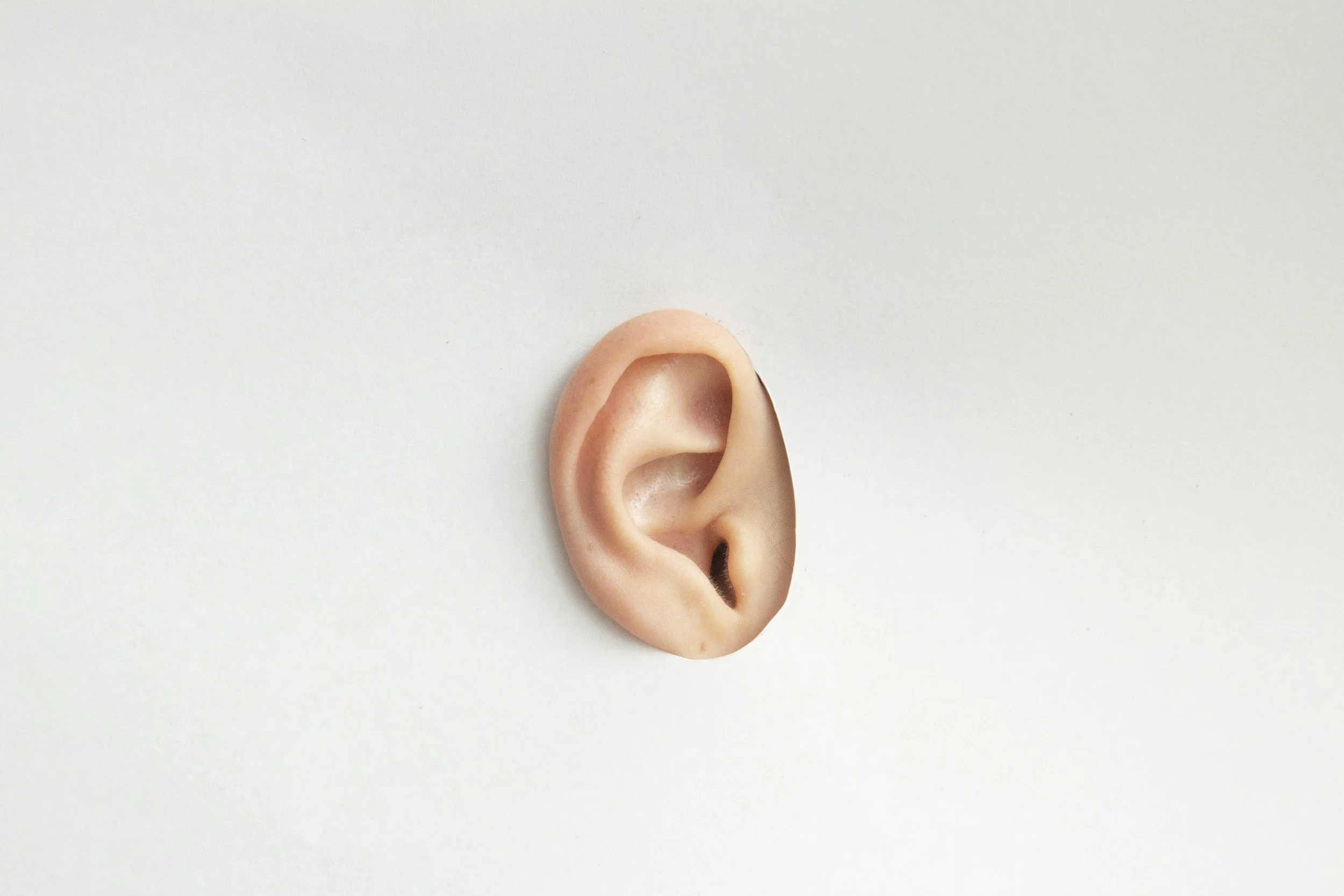6 Mindful Steps to Feel More Heard — and to Listen With Presence
A common dilemma I work with in couples occurs when one patner feels like the other doesn’t listen— isn’t present enough— doesn’t hear them.
This dilemma isn’t about one person not caring. It isn’t about being values less than a telephone, a text or a TV show.
It’s about different nervous systems and different attention rhythms.
Some of us need to finish what we're doing to stay regulated and focused. Others feel connection through immediacy and shared attention— and when presence isn’t available right away, it can feel like rejection or distance.
Both are valid.
Both are human.
Both deserve space and understanding.
Rather than forcing one style to fit the other, we can practice conscious listening— a way of communicating that honours both nervous systems.
Here are 6 mindful steps I use with clients to support deeper communication and genuine presence:
1. Validate the emotion
“I know you feel unheard, and your feelings matter to me.”
Validation isn’t agreement— it’s safety.
It tells the nervous system: I see you, and you make sense.
2. Reassure your intention
“We both want more presence and active listening to be possible”
When intention is spoken out loud, defensiveness softens.
We move from me vs. you into us.
3. Share how your attention works
“I listen best when I finish what I’m doing first. It helps me be fully present with you. If I stop halfway through a thought, I can’t regain focus enough to listen wholly.”
This is gentle psychoeducation— not an excuse, but clarity.
When we understand each other’s brains, we naturally develop more compassion.
4. Create a check-in ritual
“Before we talk about something important, can you ask if I’m available?”
Presence isn’t automatic— it’s invited.
This tiny boundary supports both connection and regulation.
The person asking for your attention needs to also accept that 5-10 minutes of delay may have to be acceptable in order to have your full presence. It’s not personal— it’s how your brain functions.
5. Follow through
If you ask for 5 minutes, come back in 5 minutes.
Trust is cultivated when we follow through on our words.
6. Hold boundaries with warmth
“This isn’t rejection — I want to be present with you, and this helps me do that.”
Boundaries aren’t walls.
They’re containers that protect connection.
Why this matters
Listening with presence isn’t about reacting instantly.
It’s about responding intentionally.
It’s a practice, a nervous-system skill.
A shared commitment to slowing down, noticing, and choosing each other with awareness.
And when two people honour each other's pace, needs, and biology… intimacy deepens.
Conversation becomes softer.
The space between you becomes safer.
Save these steps.
Practice them gently.
Let communication become a place where both people can breathe.
🤍
Connection doesn’t always happen on the first beat. Sometimes it arrives in the pause.
Want to explore this in session?
I support clients in integrating mindful communication, emotional regulation, and somatic awareness into their relationships and everyday life.
You can learn more or book a session at: innershiftpsychology.com

